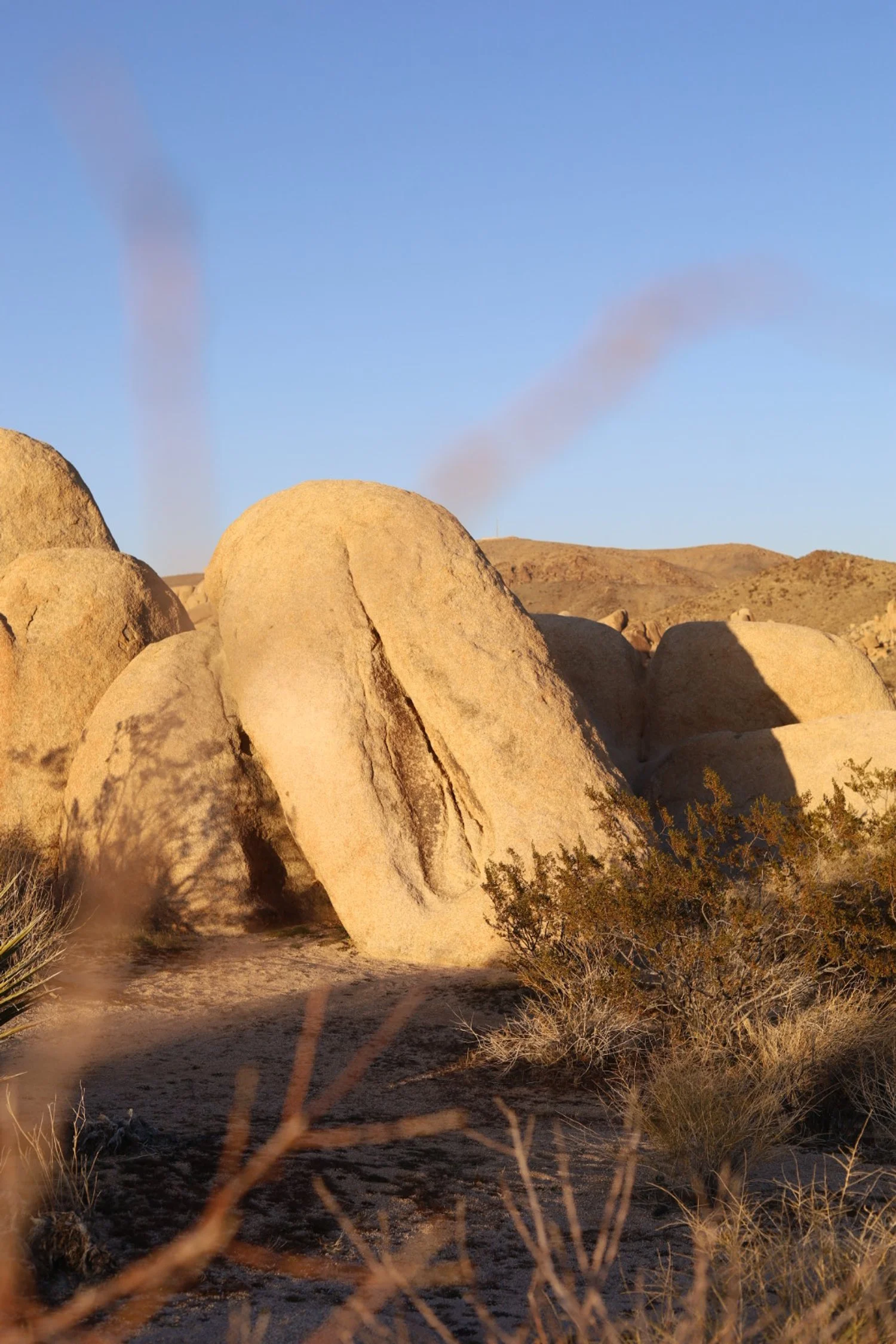The legend of Gaia.
Earth Day is is celebrated every year on April 22nd to raise awareness about environmental issues and inspire people to take action to protect our planet. As we celebrate this day, I’d like to take a step further and share the legend of Gaia - one (or several, cause there are many) that’s very close to my heart.
The concept of a Female Earth deity can be found in many cultures throughout history. The Greeks believed that Gaia was the goddess of the earth and the mother of all life. The Romans had a similar earth goddess named Terra. In Hinduism, Prithvi is the earth goddess who is also associated with fertility and agriculture. The Native American Hopi tribe worship a goddess named Spider Grandmother who created the earth and all life on it. In African mythology, Mawu is the goddess of the earth and the moon, and in the Incan culture, Pachamama is the goddess of the earth who is honored through offerings and ceremonies.
Mythological Earth Goddesses
According to Greek mythology, Gaia emerged from the void along with her consort, Uranus, the sky god. Together, they gave birth to the Titans, the Cyclopes, and the Hecatonchires, among other beings.
Gaia plays a significant role in many Greek myths, including the story of the Titanomachy, in which she helps the Titans overthrow Uranus, their father, and later helps Zeus defeat the Titans in a war for control of the universe.
In Egyptian mythology, Gaia was represented by the goddess Isis, who was often depicted holding a sistrum, a sacred musical instrument. She was associated with fertility, motherhood, and the cycles of the earth, and was often depicted wearing a headdress in the shape of cow horns, which symbolized her nurturing and protective nature.
In Sumerian mythology, Gaia was represented by the goddess Ninhursag, who was known as the "Lady of the Mountains." She was associated with the fertility of the Earth and the growth of plants, and was often depicted holding a pot, which symbolized the abundance of life that she brought to the world. She was also associated with the birth and nurturing of children, and was often called upon as a protector and healer.
The Gnostic One
In Gnosticism, there are different legends surrounding Gaia (yes, she has the same name as her Greek counterpart). In my favorite version, she is portrayed as a rebellious figure who challenges the authority of the Demiurge and his flawed creation. Gaia sees the suffering and ignorance that plague humanity and decides to take action to help them.
Gaia first tries to communicate with the Demiurge and his archons, but they do not understand her message or do not care about the plight of humanity. Frustrated, Gaia begins to work secretly to undermine the Demiurge's authority and lead humanity towards enlightenment.
Gaia's rebellion takes many forms. She sends messengers and teachers to help humanity understand the true nature of the universe and the divine spark that resides within them. She also works to awaken people's consciousness and help them break free from the cycle of reincarnation and suffering that the Demiurge has created.
As Gaia's influence grows, the Demiurge becomes increasingly threatened and tries to suppress her rebellion. He sends his archons to attack Gaia and her followers, but Gaia's power proves too great for them to overcome.
In the end, Gaia's rebellion proves successful, and she is able to free humanity from the ignorance and suffering that the Demiurge has imposed upon them. She becomes a symbol of hope and enlightenment, and her teachings continue to inspire people to this day.
Honoring our Mother Goddess(es)
These goddesses all represent the connection between humans and the earth and the importance of respecting and honoring the natural world.
As we celebrate Earth Day, it's important to remember that the Earth is a living organism that we are all connected to. Our actions, no matter how small, can have a significant impact on the health of the planet. We must be mindful of the choices we make and the impact they have on the Earth.
The legends of Gaia, Isis, Ninhursag, Mawu, Terra, or however you want to call her, remind us that we are all part of a larger whole, and that we have a responsibility to care for our planet. By being mindful and aware of the impact of our actions, we can work to protect the Earth and ensure that it remains a healthy and vibrant place for generations to come.
One way to be mindful and show our appreciation for the Earth is by taking small actions every day to reduce our environmental impact. This can include recycling, conserving energy, using public transportation or carpooling, and eating locally sourced and sustainable food.
We can also connect with nature and practice mindfulness meditation to deepen our connection to the Earth. By taking the time to be present and appreciate the natural world around us, we can foster a deeper understanding of our interconnectedness with the planet.
As we celebrate Earth Day and reflect on the legend of Gaia, let's remember that we are all part of a larger whole. By being mindful of our actions and taking steps to reduce our environmental impact, we can work towards a healthier and more sustainable future for ourselves and our planet.
